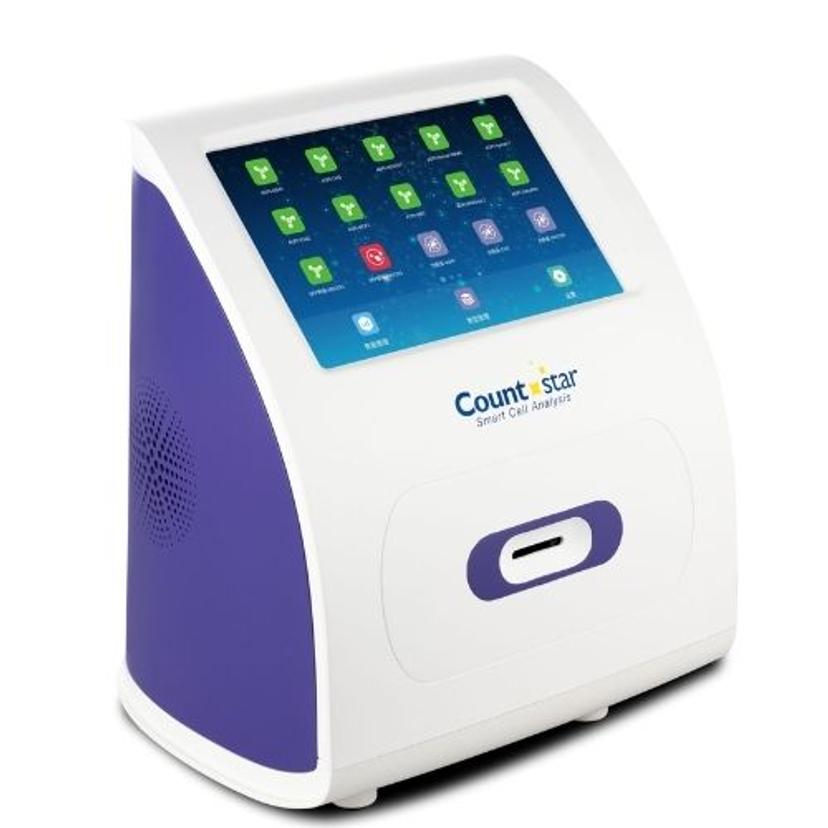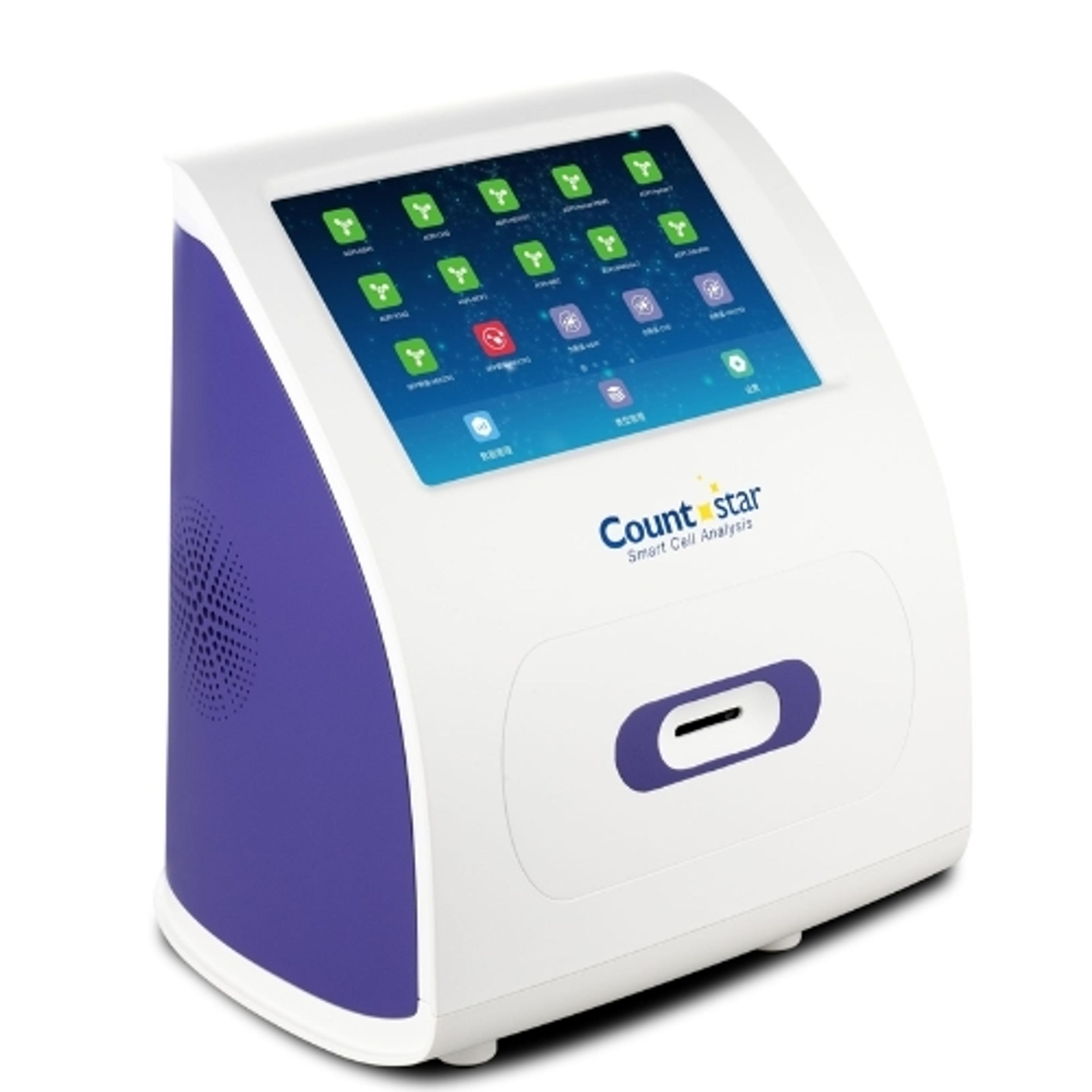How an AI-powered imager revolutionizes bacterial research
Learn the benefits of automated cell counting for bacterial research and its impact on our understanding of antibiotic resistance
10 Jan 2025
In microbiological research, accurate and efficient measurement of cell concentration and viability is crucial. Traditional methods — such as optical density (OD) measurements and colony-forming unit (CFU) counts — while effective, often fall short in speed and precision. These limitations can delay crucial research, particularly in the study of antibiotic resistance, where rapid and accurate data is essential for tracking bacterial growth, understanding resistance mechanisms, and developing new treatments.
To overcome these challenges, the Countstar Mira FL Pro has emerged as a game-changing tool, significantly enhancing the research capabilities of scientists like Professor Taeok Bae at Indiana University School of Medicine-Northwest. SelectScience® sits down with Bae to gain insights on the impact of the Countstar Mira FL Pro on his research.
Limitations of traditional methods

Professor Taeok Bae of Indiana University School of Medicine-Northwest
Bae's research focuses on the molecular mechanisms of antibiotic resistance, specifically in Staphylococcus aureus — a bacterium responsible for a range of infections, including those caused by methicillin-resistant strains (MRSA). For Bae and his team at Indiana University School of Medicine, analyzing the cell concentration and viability of bacterial samples is a critical part of their research. However, traditional methods for these analyses present several challenges.
Typically, measuring cell concentration involves growing bacteria on agar plates and counting the colonies that form — the CFU method. While accurate, this method is incredibly time-consuming and labor-intensive. This process can take more than 12 hours to complete, which is not only a strain on resources but also a significant delay in obtaining crucial data.
Similarly, assessing cell viability often involves staining cells with fluorescent dyes to distinguish between live and dead cells under a microscope. However, this method only provides a relative count rather than an absolute one, adding another layer of complexity to the research process.
Enter the Countstar Mira FL Pro
The introduction of the Countstar Mira FL Pro into Bae’s lab has been nothing short of transformative. This advanced image cell counter integrates cutting-edge optical technologies with AI-powered image processing algorithms, enabling rapid and accurate characterization of small cells, including bacteria and yeast. The benefits of the Mira FL Pro go beyond mere convenience; they address the core challenges that researchers face in traditional cell counting methods.

The Countstar Mira FL Pro is an automatic microbial cell counter powered by AI
One of the most notable advantages of the Mira FL Pro is its speed. "For one measurement, from the bacterial dilution to the result, it took less than 10 minutes," Bae shared. This is a dramatic improvement over the traditional methods, which can take days to yield results. The ability to obtain cell concentration, viability, and other crucial data within minutes has significantly accelerated the pace of Bae’s research. In fact, the efficiency of the Mira FL Pro has enabled his team to conduct more complex experiments — such as time-course studies involving multiple bacterial strains—that would have been impractical with traditional methods.
Another key feature of the Countstar Mira FL Pro is its ease of use. According to Bae, the instrument is "very small and light," making it convenient to handle and operate. During a virtual meeting with ALIT LifeTech, Bae was able to place the instrument on his desk and use it in real-time while video chatting with the company representatives.
This user-friendly design not only simplifies the process but also ensures that researchers can quickly adapt to the new technology without extensive training.
Accuracy and versatility in cell analysis
Beyond its speed and ease of use, the Countstar Mira FL Pro offers unparalleled accuracy and versatility in cell analysis. Traditional methods like OD600 measurements can only provide rough estimates of total cell concentration, often requiring large sample volumes and offering limited precision. In contrast, the Mira FL Pro requires just 6 microliters of a sample and delivers accurate measurements of cell density, viability, budding rate, and fluorescence intensity distribution within seconds.
"The instrument will automatically calculate everything I need — total bacterial concentration, the actual concentration, and the ratio of dead and live cells," Bae explained. This comprehensive data is essential for researchers working with bacteria like Staphylococcus aureus, where understanding the nuances of cell behavior is critical to studying antibiotic resistance.
Furthermore, the Mira FL Pro’s ability to provide clear, high-resolution images of cells adds another dimension to its utility. While it may not fully replace a flow cytometer, as Bae noted, it offers a "nice combination of fluorescence microscope and flow cytometer" functions, making it an ideal tool for small labs with limited resources. The instrument's affordability compared to a flow cytometer makes it accessible for smaller research teams, further democratizing advanced cell analysis technology.
Real-world impact and future prospects
The Countstar Mira FL Pro has had a profound impact on the day-to-day operations of Bae’s lab. The efficiency and accuracy of the Mira FL Pro have enabled the team to achieve results that would have been unimaginable with traditional methods. Bae recounted how his team could complete a time-course experiment involving multiple strains within a single day — a task that would have been prohibitively time-consuming using the CFU method.
The implications of this technology extend beyond mere convenience. In the context of antibiotic resistance research, where time is often of the essence, the ability to rapidly and accurately assess bacterial behavior can lead to quicker insights and potentially life-saving discoveries. As Bae’s research aims to understand and eventually mitigate antibiotic resistance, the Mira FL Pro plays a crucial role in advancing this critical work.
Looking to the future, Bae is optimistic about the continued evolution of the Mira FL Pro. He expressed a desire for improvements in the instrument’s ability to measure size distribution in very small cells, such as bacteria. If these enhancements are realized, Bae believes the Mira FL Pro could become even more powerful, further solidifying its place as an indispensable tool in microbiological research.
Discover how the Countstar Mira FL Pro can help push the boundaries of your work.

